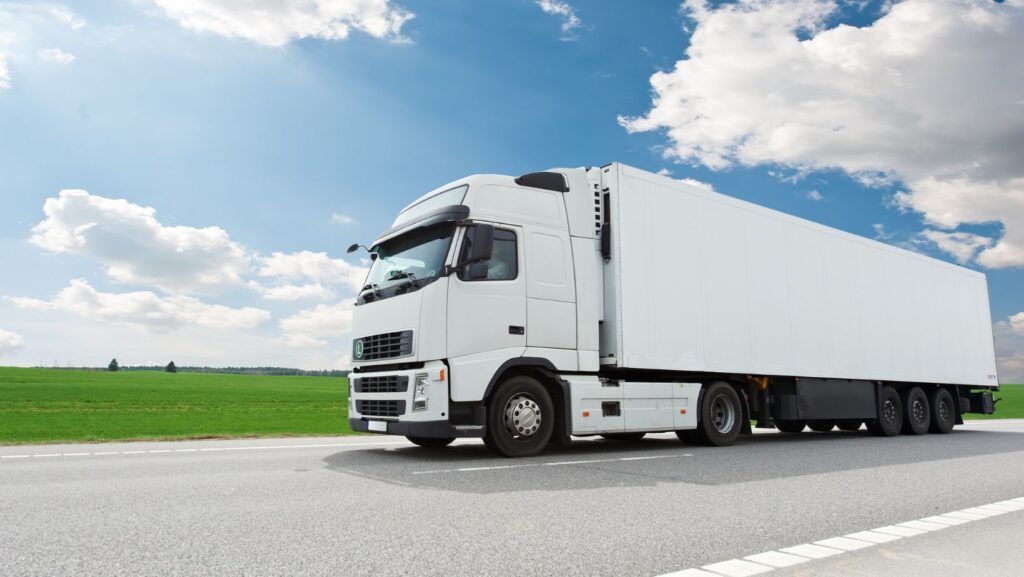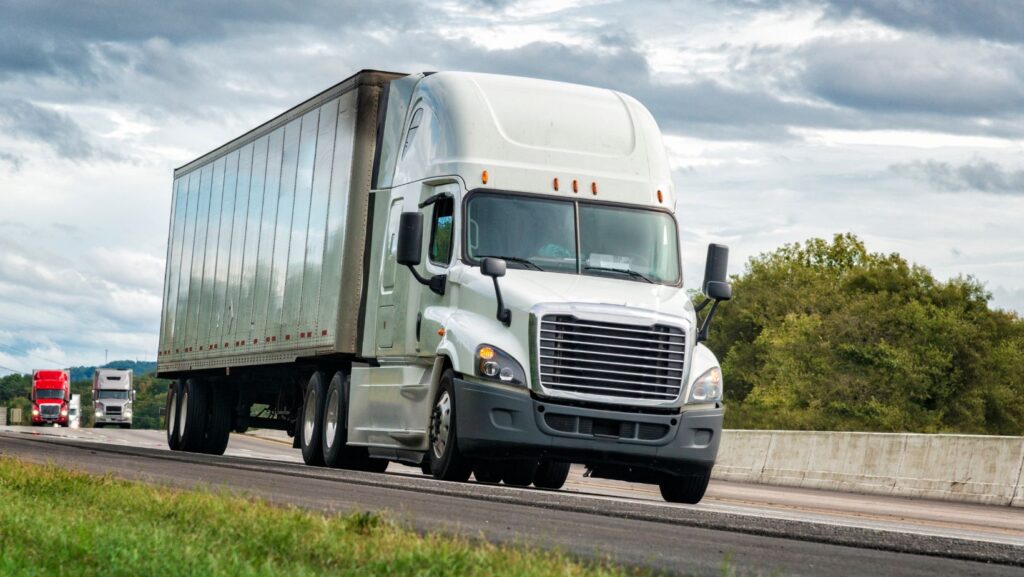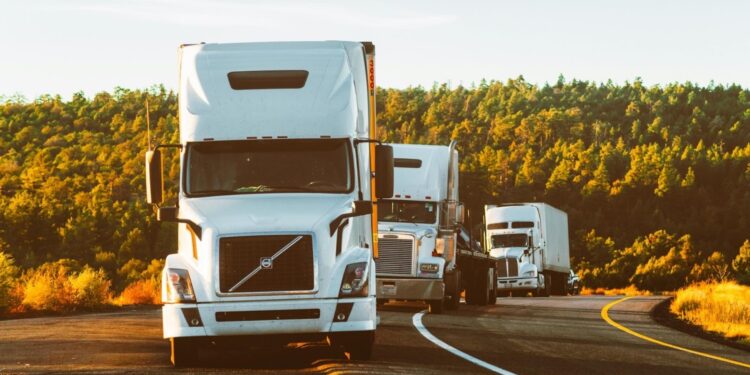When planning a logistics or transportation business, you have most likely considered many potential risks. For example, a lot of drivers complain about frequent robberies and thefts of commercial trucks. These are just a few of the problems you may encounter if you haven’t had to deal with them already. Avoiding them may require fleet tracking system installation, as well as choosing the right approach to safety. The driver, vehicle, and cargo must be the number one priority.
So, what needs to be done to ensure a high level of security for vehicles in the fleet? There are many methods and techniques. But not all of them are effective in 2025. In this article, we have compiled five relevant tips to help you take the safety of your logistics business to the next level!
1. Receiving Feedback on Driver’s Driving Style
Obviously, the safety of your vehicle and the valuable cargo inside it depends largely on who is driving the vehicle. You can hire professionals with extensive experience. But you can’t be completely sure that they always drive safely. What solution can we recommend? Many companies that have their own vehicle fleet add the option to send feedback on the driver’s driving style. Knowing how QR codes work, you can implement them on the body of your vehicles. So, here is a brief step-by-step guide on how to implement this idea:

- Create a feedback form where users can report drivers for dangerous driving or accidents.
- Generate a QR code that links to the feedback form you created earlier.
- Print the relevant code as a sticker and attach it to each car.
This is an excellent solution for checking how safely workers are driving. In the event of dangerous driving or traffic accidents, concerned passersby are more likely to leave feedback thanks to the QR code sticker.
2. Add a Special GPS Equipment
Do you want to be sure that your vehicles are traveling along their designated routes and see their location in real time? The best solution is to install a fleet tracking system, which will help ensure a high level of security for your business. It works round the clock, so you can see where your vehicle is at any place and at any time.
There are many technologies and devices available on the market today for this purpose. However, not all of them may be suitable for your make and model of vehicle. That’s why we recommend finding reliable professionals, such as Safety Net Installations, who can assess your requirements and select the best device for you. This is not a waste of money on modern technology and trends. It is a worthwhile investment in the safety of your fleet.
3. Equip the Vehicles with Cameras
The newer camera systems prevent theft, record accidents, and enhance the accountability of the drivers. Install rear-facing dashcams on both sides to provide coverage of the road and cabin, and external 360-degree coverage of blind spots and cargo doors. The focus should be on high-definition video, wide dynamic range to work at night, and buffered event recordings that record the footage before and after the impact. Cameras and video recording decals are visible, thus deterring crime and making insurance claims easier.
Implement a clear policy. What do we mean? Standardize mounting, low-voltage protection, hard-wire-to-ignition, and automatic upload to secure cloud storage over LTE/Wi-Fi. Activate AI capabilities like motion, tamper, and harsh-event alerts to inform managers. Use sticks and stones to guard privacy.
4. Choose Safe Routes and Parking Spots
The chosen safe routes are one of the main principles of logistics, and you should devote more time and effort to this. Think risk and not time when planning routes. Use cartography tools that overlay traffic and crime heat maps; shun choke points, high-theft areas, and those with bad lighting. Stop during daylight when there is an opportunity to do so, and geofence no-go areas so that dispatch is notified in time in case a vehicle goes off route.
Parking is policy, not luck. Select facilities that are gated, lit, and patrolled; read the history of incidents thoroughly before contracting. Unload trucks of cash and close the cargo door, use buddy arrivals and departures. Write down document positions in logs to identify trends and loosen restrictions.
5. Enhance Your Car’s Protection
Surely, you should think more carefully about driver safety. We are talking about installing high-security deadlocks or slamlocks on cargo and side doors, reinforced hasps and hinge guards, and covering the OBD. Fit steering-wheel locks, wheel-nut locks to delay roll-aways. Cage and etch catalytic converters. Install security film around side windows to prevent smash-and-grab attacks, and reposition or arm ECUs. Why is it so? They can be targeted by thieves.
Layer electronic defenses. Install an alarm with tilt, glass-break, and self-powered siren and an immobilizer, which isolates ignition/fuel. Install a GPS tracker and backup battery, tamper warning, jamming, and tow-away warning. All keys must be kept in the cab, and sign-out logs used, and spare keys placed in safes with pouches.
Final Thoughts
The safety of your vehicles in your fleet is a complex and comprehensive process that cannot be ignored. Mistakes or underestimating certain aspects can lead to huge financial losses. That is why, in this article, we have provided several great tips to help you improve security. Equipping vehicles with cameras, selecting safe routes, and using security tools are the things you should definitely focus on.

One of the points we would also like to highlight is GPS tracker installation, as it is an investment in security and peace of mind. You get a solution that allows you to see the location of your vehicle anywhere, anytime. It is not worth installing such devices yourself; it is better to entrust this to professionals such as Safety Net Installations to avoid costly mistakes in the future. We recommend focusing on a few tips from this article to significantly improve the security of your fleet!



























































